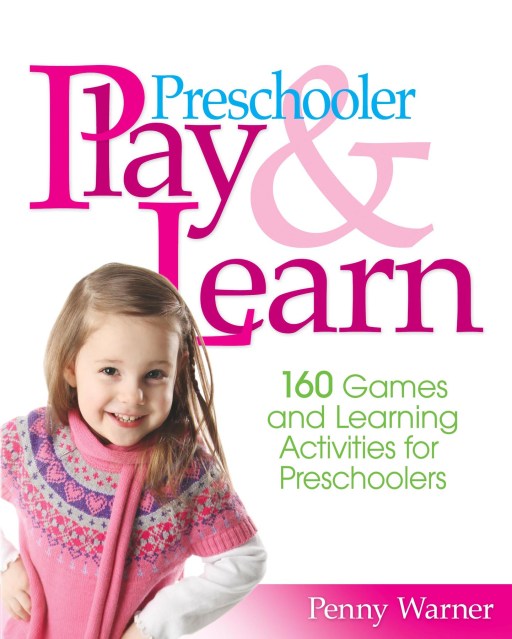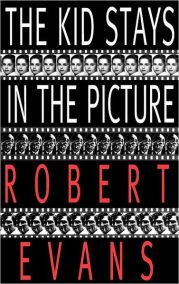Promotion
Use code MOM24 for 20% off site wide + free shipping over $45
Preschooler Play & Learn
160 Games and Learning Activities for Preschoolers
Contributors
By Penny Warner
Formats and Prices
Price
$0.99Price
$0.99 CADFormat
Format:
ebook (Digital original) $0.99 $0.99 CADThis item is a preorder. Your payment method will be charged immediately, and the product is expected to ship on or around May 31, 2011. This date is subject to change due to shipping delays beyond our control.
Also available from:
The Most Complete Book of Games and Learning Activities for Preschoolers!
Child development expert Penny Warner offers 150 illustrated ideas for games and activities designed to stimulate your preschooler’s learning and development. Preschooler Play & Learn is designed to help children reach their full potential and have a good time along the way.
The Most Complete Book of Games and Learning Activities for Preschoolers!
Child development expert Penny Warner offers 150 illustrated ideas for games and activities designed to stimulate your preschooler’s learning and development. For each game and activity, Preschooler Play & Learn includes: recommended ages, a detailed list of easy-to-find materials, a bulleted list of the skills that preschoolers will learn, step-by-step instruction, clear illustrations, variations for added fun and enhanced learning, and safety tips and other helpful hints. Preschooler Play & Learn is designed to help children reach their full potential and have a good time along the way.
Child development expert Penny Warner offers 150 illustrated ideas for games and activities designed to stimulate your preschooler’s learning and development. Preschooler Play & Learn is designed to help children reach their full potential and have a good time along the way.
The Most Complete Book of Games and Learning Activities for Preschoolers!
Child development expert Penny Warner offers 150 illustrated ideas for games and activities designed to stimulate your preschooler’s learning and development. For each game and activity, Preschooler Play & Learn includes: recommended ages, a detailed list of easy-to-find materials, a bulleted list of the skills that preschoolers will learn, step-by-step instruction, clear illustrations, variations for added fun and enhanced learning, and safety tips and other helpful hints. Preschooler Play & Learn is designed to help children reach their full potential and have a good time along the way.
Genre:
- On Sale
- May 31, 2011
- Page Count
- 176 pages
- Publisher
- Da Capo Press
- ISBN-13
- 9781451631470
Newsletter Signup
By clicking ‘Sign Up,’ I acknowledge that I have read and agree to Hachette Book Group’s Privacy Policy and Terms of Use







